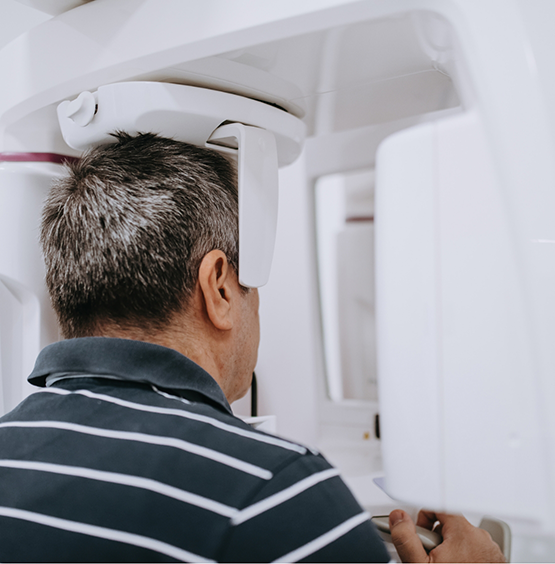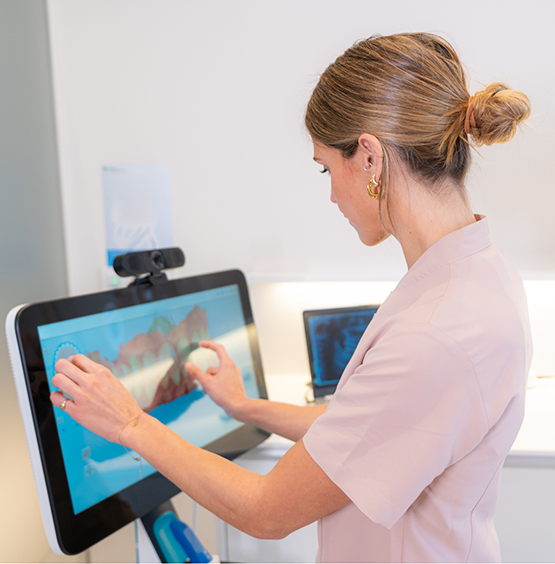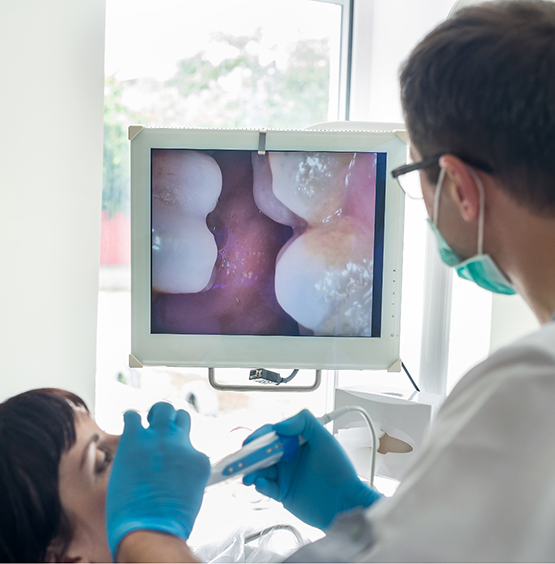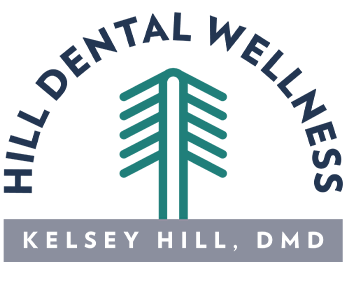Advanced Dental Technology Falmouth
Making Dentistry Easier, Faster, & More Comfortable
Thanks to advancements in dentistry and dental technology, patients can enjoy smoother, more comfortable, and less invasive procedures. At Hill Dental Wellness, we’re pleased to incorporate our CT/Cone Beam Scanner, digital impressions, and intraoral cameras into patients’ appointments so that more accurate and timely treatments are provided. No longer do individuals need to worry about lengthy post-operative recovery. Instead, we can diagnose, treat, and reveal beautiful results in less time. Learn more about the advanced dental technologies we use and feel free to call our Falmouth dental office if you have any questions.
CT/Cone Beam Scanner

Dental implant placement is now faster than ever before thanks to our Sirona Galileos CT/Cone Beam Scanner. This revolutionary device quickly scans a patient’s head and mouth with its 360-degree rotating arm. The images come together to form a 3D model that Dr. Hill uses to map out treatment, whether it’s placing dental implants or preparing a root canal. The high-resolution imaging allows for greater precision so that procedures remain minimally invasive and require less time in the treatment chair.
Digital Dental Impressions

Customized dental crowns, bridges, and other similar restorations can be quickly (and more comfortably) created with the help of our iTero and CEREC digital impression system. Instead of using cold dental putty that often induces a gag reflex, this new approach relies on a handheld, camera-tipped device to easily scan a patient’s teeth, creating a three-dimensional model on a chairside monitor. Here, we can view the image and make necessary adjustments before fabricating the custom restoration.
Intraoral Camera

Giving patients a clear view of their mouth is important, as it eliminates misunderstandings and confusion. We do this with our intraoral camera – a handheld device that scans teeth in real-time, projecting the images onto a nearby screen so that Dr. Hill can thoroughly explain what is happening inside the mouth. Its high-resolution imagery makes it easy to detect the smallest areas of decay, and its dual viewing allows us to educate patients on the importance of good oral health and hygiene.
